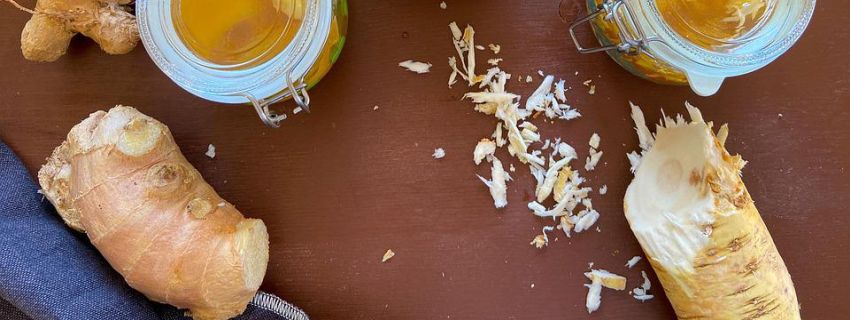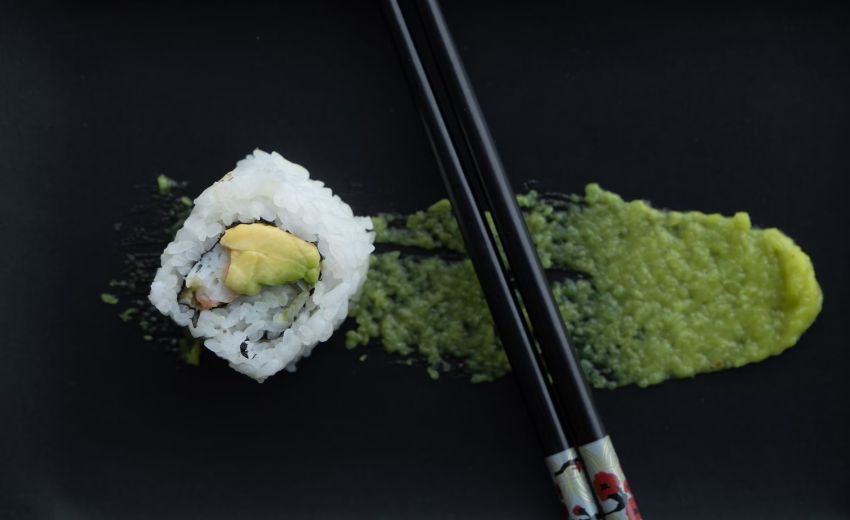Using dry mustard is a great way to add heat and kick to the recipe. But what if you’re cooking and find that your spice rack is all out of dry mustard? There is nothing to lose heart for. Instead, use a dry mustard substitute to make the best of the situation.
Some recipes feel incomplete without a dash of dry mustard. However, using the right substitute can close that gap and save your recipe.
So, let’s get a closer look at dry mustard and see what we can meaningfully substitute in a recipe.
What Is Dry Mustard? A Quick Snapshot
Call it ground mustard, dried mustard, dry mustard, or just mustard; this seed powder is a popular spice around the world. The versatile ground mustard is used as a condiment, spice, and even an ingredient in several recipes.
So what is dry mustard?
Dry mustard comes from grinding mustard seeds. This is why it’s also known as ground mustard.
This mustard powder infuses a unique savory taste to recipes. It adds a warmth and tangy taste to a whole lot of recipes and is found in cuisines around the globe.
Use dry mustard with your sandwiches, pizzas, pasta, cheese, hotdogs, and endless dishes. It works great with grilled food. You can also sprinkle it over roasted dishes.
Mustard seeds are available in many varieties but the three most chosen ones in cooking are brown, black, and yellow. These are extracted from mustard plants.
Moving in descending order in terms of the intensity of flavor, black seeds are the most pungent and hot. This is followed by brown seeds. White seeds are the mildest of all.
6 Closest Substitutes of Dry Mustard Powder
Food substitutes are not a new phenomenon. It adds diversity to your cooking skills and makes you a smart chef. You might find yourself in a situation where a particular ingredient is unavailable or not available for use in a recipe considering a diet or allergy restriction.
In situations like these, using substitutes can make your life a whole lot easier. It might also just save you a lot of trouble and rescue a recipe.
So what are the best dry mustard substitutes that you can think of? We have listed a few most chosen and closest substitutes for dry mustard. However, choose the substitute that complements your dish.
1. Turmeric Powder

Why I put turmeric on the top because this is a spice that is found easily in almost every kitchen’s spice rack. Its popularity and fan-following are no longer limited to Central and South Asian cuisine. But it is found on every kitchen cabinet now. In the USA you get a yellow latte which is a healthy drink.
Traditionally, turmeric has been used as a healing spice rich in anti-inflammatory elements and antioxidant value.
This earthy spice mimics the flavor and sharp aroma of mustard seeds closely. It also has a yellow color similar to dry mustard, so the overall color of the recipe doesn’t see a big change.
Now how to add it as a substitute? Add the same amount of teaspoon that you choose for mustard powder.
2. Mustard Seeds

Don’t have dry mustard powder for your recipe? But have mustard seeds? Well, your search for a good substitute is over.
All said and done, dry mustard is simply ground mustard seeds! So, take a few mustard seeds and grind them to get dry mustard.
You can also use mustard seeds as is, though that might cause a slight change in flavor and texture. It’s all about your preference.
Do remember, when you use seeds, account for the color and pungency. Dry mustard usually comes from yellow mustard seeds. If you’re using black or brown mustard seeds, reduce the amount of seeds to account for the increased pungency.
3. Prepared Mustard

This is a decent alternative to dry mustard which comes in a ready-to-eat form in a squeeze bottle. It comes in a thick paste form of mustard powder which has almost the same taste as dry mustard.
This condiment is available in supermarkets in various types and you can choose the one that fits best with your dish.
Whole grain mustard comes in a form of coarsely ground prepared mustard seeds. You also find it as yellow mustard which is the most popular in the USA.
The ingredients that go into making this classic prepared mustard are grounded yellow mustard seeds and turmeric powder. This is the mildest of all three seeds and is free from any spiciness.
Next, we talk of spicy brown mustard. This contains a blend of brown mustard seeds which are hot in flavor, vinegar, and sometimes vinegar or horseradish. All this intensifies its spiciness.
You can also try dijon mustard which is creamy textured mustard made either from black or brown seeds. Other ingredients are white wine and seasonings. Use it for dishes that require a robust taste.
Make Your Own Prepared Mustard
If you have the luxury of time then you can make your prepared mustard at home. All you need is some dry mustard, water, and fresh vinegar. Mix the three in a blender for a few seconds and your homemade prepared mustard is ready.
4. Horseradish Powder

How about using horseradish powder as a dry mustard powder? This is a root vegetable that is known for its health benefits and spicy taste.
The horseradish plant belongs to the same plant family as mustard. This brings some familiarity to the flavor and taste of both these plants.
Horseradish powder is derived by drying this vegetable and grinding it into a fine powder.
This pungent powder is very much identical to black mustard powder in terms of spiciness and heat. It is widely mixed with different types of sauces to give a hot dipping touch. This makes it a decent substitute for dry mustard and can add flair to most dishes.
However, add it moderately to your dishes as it is much hotter than mustard powder. And can overpower your dish and turn it bitter.
5. Wasabi

Another close relative to mustard and horseradish is wasabi. This is quite popular in Japan and China, and now its taste and aroma are spread all around the globe.
Wasabi has the same spicy taste and adds heat to the dishes. To make wasabi powder, the root of the plant is made into a thick green paste which you often see in sushi restaurants.
Like horseradish, this is high in intensity of flavor and a few of you may find it too strong. Therefore, use a half teaspoon of wasabi powder for every tablespoon of mustard powder.
It’s worth noting that pure wasabi is a delicacy and difficult to find. This is a fairly expensive ingredient. So, you might want to use it sparingly or keep it for use where you specifically want wasabi.
6. Arugula

Surprisingly, the leafy green arugula can make a decent dry mustard substitute. This plant is often found in salads, sandwiches, and burgers. It generally has a fresh, tart, and peppery flavor – properties that make it fit to replace dry mustard in a recipe!
Using the leafy green plant isn’t always a convenient option for recipes that need dry mustard. In such cases, you can crush the arugula plant and make it into a paste for use.
Although, using a green plant in place of mustard powder will bring a change to the color, taste, and texture of the recipe. So, use it carefully and match it to the recipes that will work with this plant.
Use it in layers in your sandwiches and burgers. Use it for salad dressing and impress the guests around. It works wonders and you don’t miss mustard powder.
While using arugula paste use one tablespoon of it for every teaspoon of mustard powder.
Finding The Right Substitute Is A Way Of Smart Cooking
There are times when you miss out on a spice, a condiment, or any food item on your shopping list. It happens to most of us. But the best way to remove this stumbling block while cooking is to have a good idea of its substitutes. I mean why be so obsessed about using a particular food item and let the rest of the cuisine suffer because of it?
The substitutes refer to dry mustard and most of them work pretty well in place of it. Choose the dry mustard substitute that complements your dish and takes your culinary skills a notch higher.

